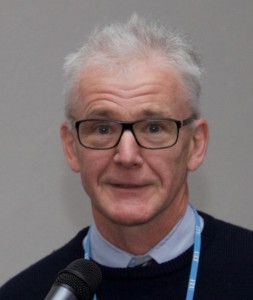
From the WIA, original post here.
Date : 14 / 11 / 2015
Author : Dale Hughes – VK1DSH
It became known as the 15/15 solution; 15 kHz and 15 Watts. This is the most likely outcome for WRC-15 agenda item 1.4 which considered the possibility of a new secondary allocation for the amateur service around 5300 kHz. The fifteen difficult meetings between November 2 and November 11 where the 15/15 solution was developed were the conclusion of work that began at the conclusion of WRC-12 in January 2012. Two or three more meetings at increasingly higher levels of authority are necessary to formally approve the proposal for a new secondary amateur allocation before it becomes part of the ‘final acts’ of the conference. After each of the ITU member states sign the final document, the modified ITU Radio Regulations become an international treaty. Individual sovereign states then apply the Radio Regulations to their own particular circumstances.
Under the chairmanship of Dale Hughes VK1DSH, Sub-Working Group 4B1 was assigned the task of deciding whether or not a new allocation to the amateur service could be made and to develop the necessary regulatory text for the conference and ITU Radio Regulations. In the beginning there were a large number of options presented by contributing states with proposed allocations being as wide as 175 kHz down to zero i.e. no allocation. The task of SWG-4B1 was to reduce these options to (preferably) one option that was the consensus view of the group. As the chairman quickly discovered to his chagrin, even the definition of consensus wasn’t universally agreed, so the overall task looked challenging…
Over time and through a process of sometimes fierce debate, the possible bandwidth, band edges and power limits for an amateur allocation were determined and regulatory text was refined. The resulting two options were ‘No change’ i.e. no allocation and the 15/15 solution. At a very late stage the whole process was nearly lost by the ongoing disagreement between the United Kingdom and Argentina over territory in the South Atlantic Ocean. This was satisfactorily resolved in SWG-4B1 by developing compromise regulatory text, however after the meeting, advice was received that the text developed by SWG-4B1 was unsuitable. Late night telephone conversations and email traffic produced other versions of compromise text for consideration at the meeting the following morning. But ‘No Change’ was still an option and all could be lost…
During the next higher level meeting (Working Group 4B), the recently changed regulatory text was accepted with little debate and the remaining objector removed their ‘No Change’ option leaving the one final single proposal for 15 kHz in the 5315.5 – 5366.5 kHz frequency band with a global 15 W eirp power limit, with slightly higher limits in some parts of Central and South America. The final version of text was approved by WG-4B and the new regulatory text will proceed to the next meeting of Committee 4 for further review and approval before it is submitted for first and second readings at least one WRC-15 Plenary meeting; all of that will happen over the next two weeks. Only when that process is complete can we be completely confident that the new allocation will be part of the new Radio Regulations. What does this mean for Australian amateur operators? While the 15 W eirp power limitation is seemingly harsh, calculations indicated that it is probably is in accordance with typical mobile usage where a 100 W transmitter and vertical whip is used. More problematic is that the frequency band selected by SWG-4B1 was the only possibility and the situation in Australia is that this band is heavily used by the Royal Flying Doctor and other important services. So at this time it is far from clear how this situation can be resolved.
Irrespective of the specific Australian situation, achieving a new global HF allocation for the amateur service is a remarkable outcome and it is a result of hard work by many individual amateurs, national amateur societies and supportive administrations. The ACMA and WIA have been very supportive and proactive in supporting a possible new amateur allocation around 5300 kHz. Win-lose-or-draw the most important part of events in the past few weeks is that the amateur service has presented a united, professional front to the world community and the views of the amateur service continue to be taken into account when significant decisions are made. All amateurs should be proud if this fact.

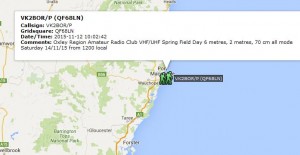
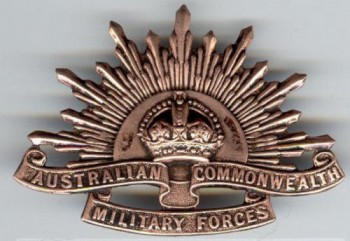
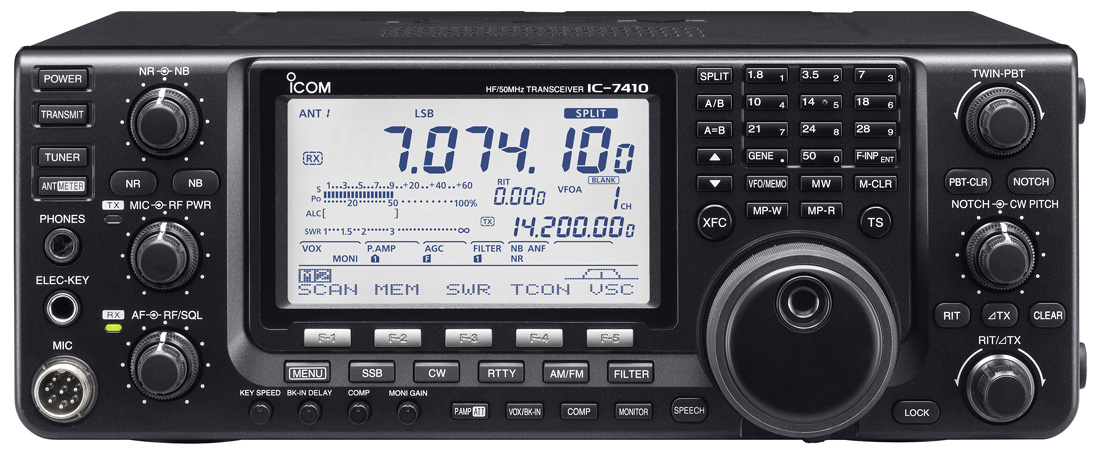
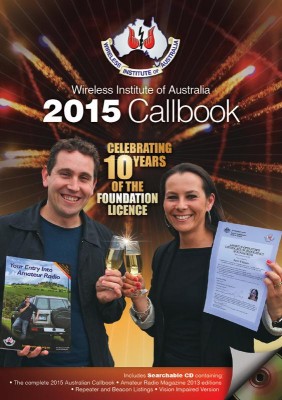 The club will be taking pre-orders for the 2016 callbooks. Please contact the aforementioned Lyle VK2SMI to express your interest in a copy of the upcoming edition. Should orders reach a box worth (20 callbooks) we’ll be able to source them with no added freight, which should make them the traditional $25 each. If we get less than a box, the cost is likely to be around the $30 mark (as we have to pay freight). This still represents a saving over the individual purchase price of around $35 with freight.
The club will be taking pre-orders for the 2016 callbooks. Please contact the aforementioned Lyle VK2SMI to express your interest in a copy of the upcoming edition. Should orders reach a box worth (20 callbooks) we’ll be able to source them with no added freight, which should make them the traditional $25 each. If we get less than a box, the cost is likely to be around the $30 mark (as we have to pay freight). This still represents a saving over the individual purchase price of around $35 with freight.